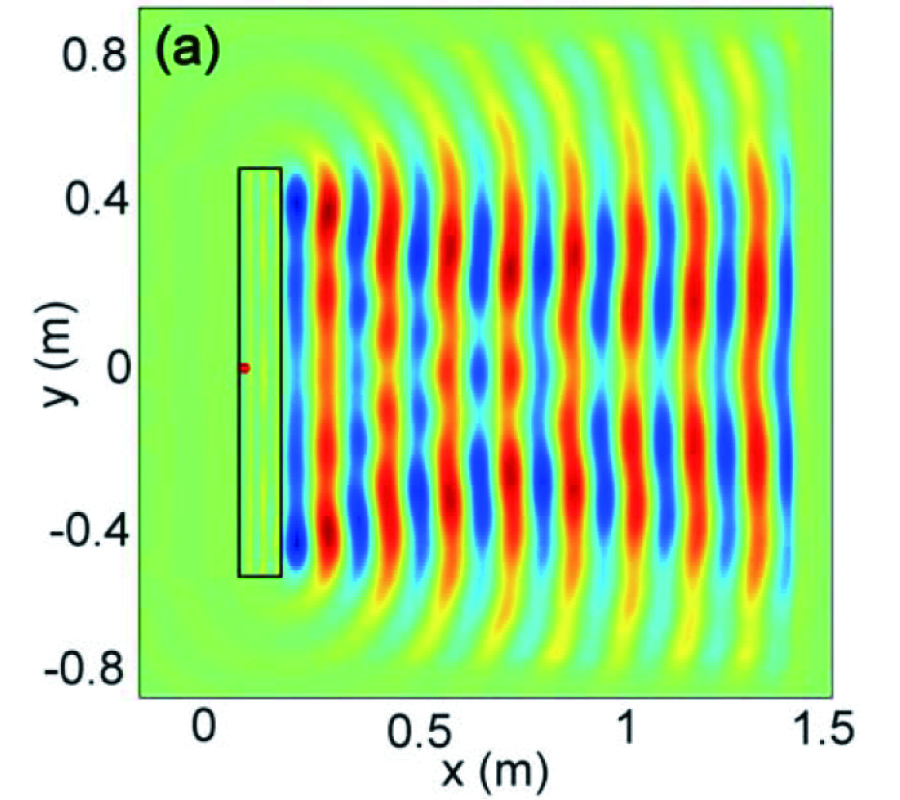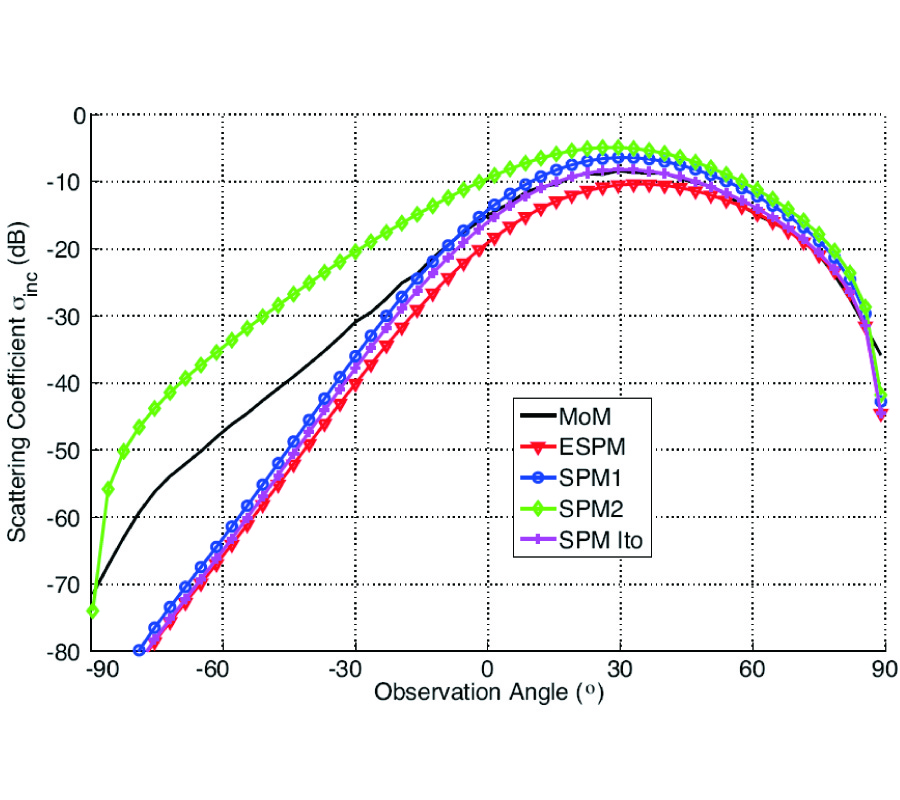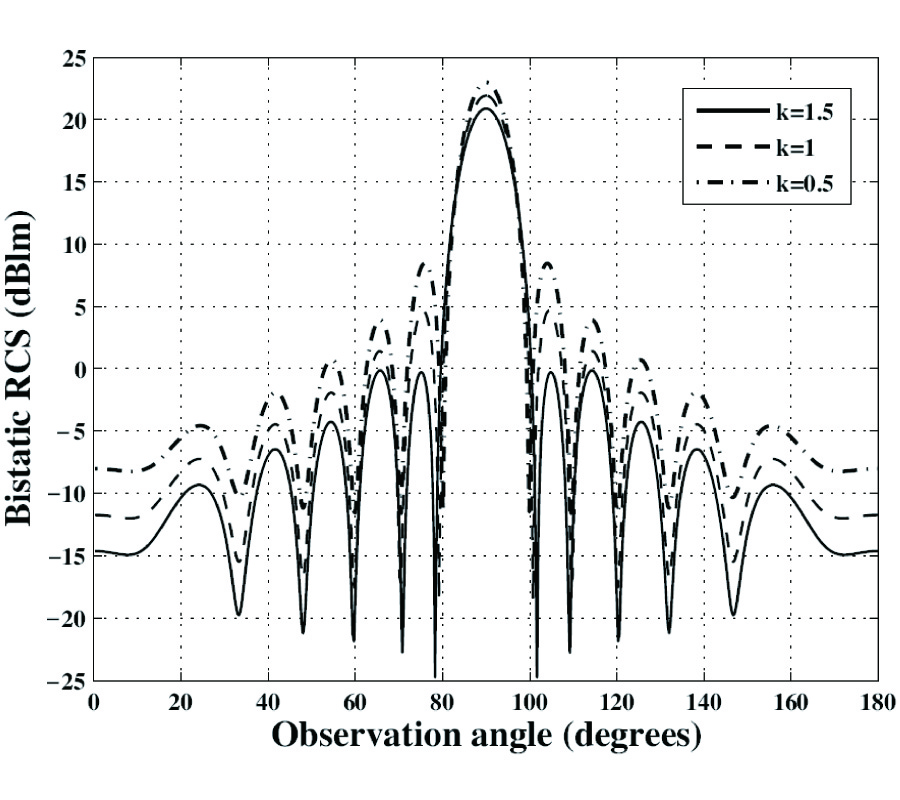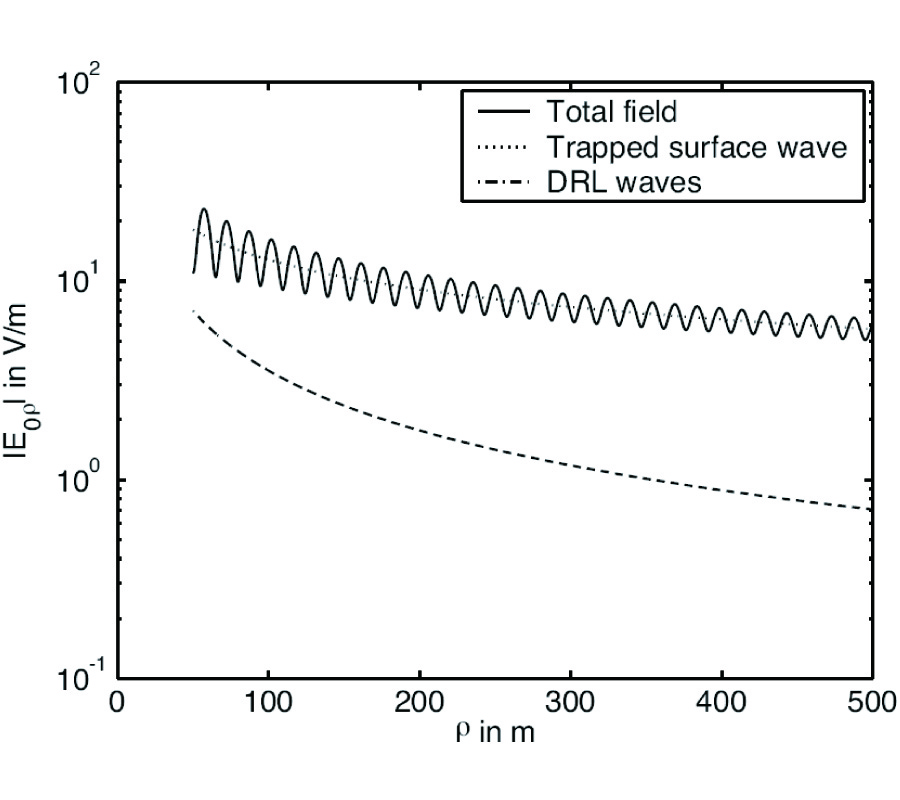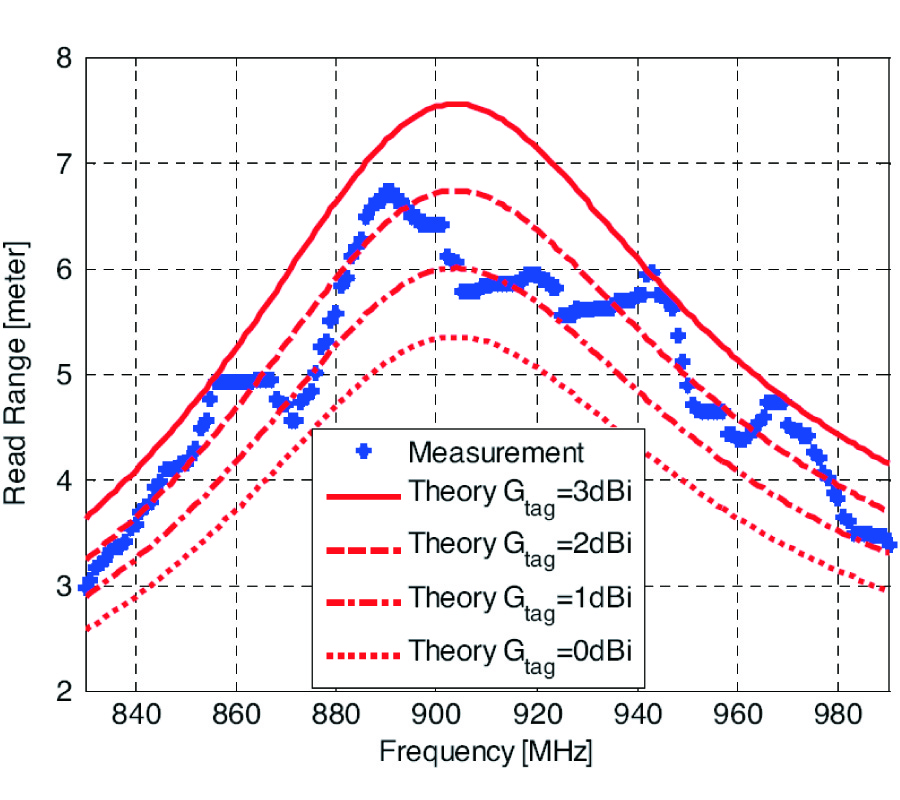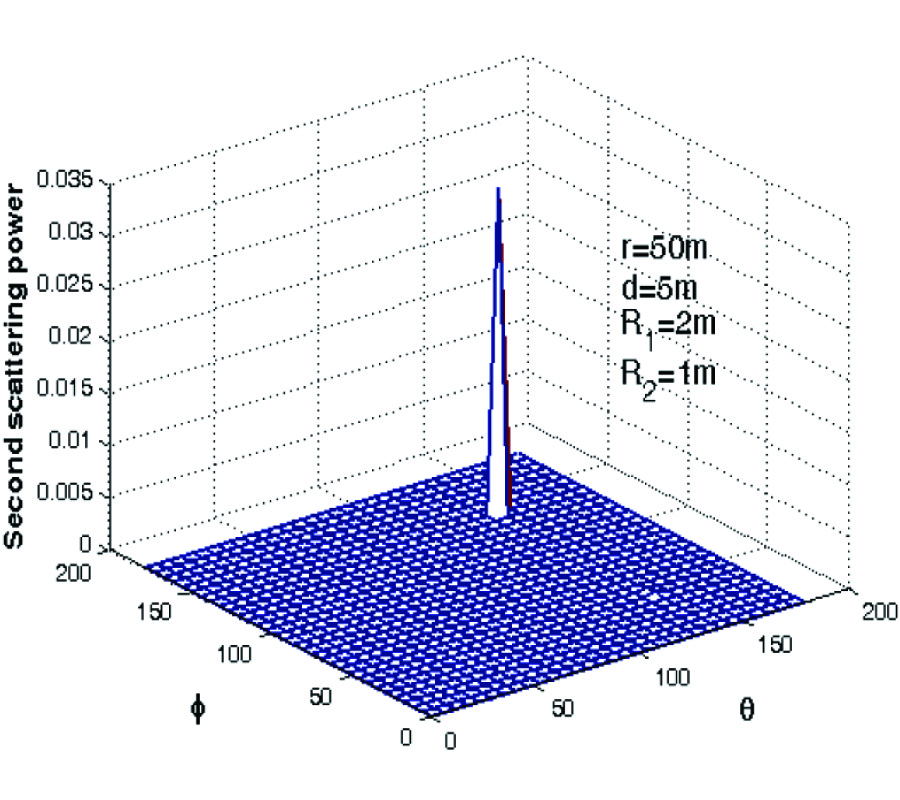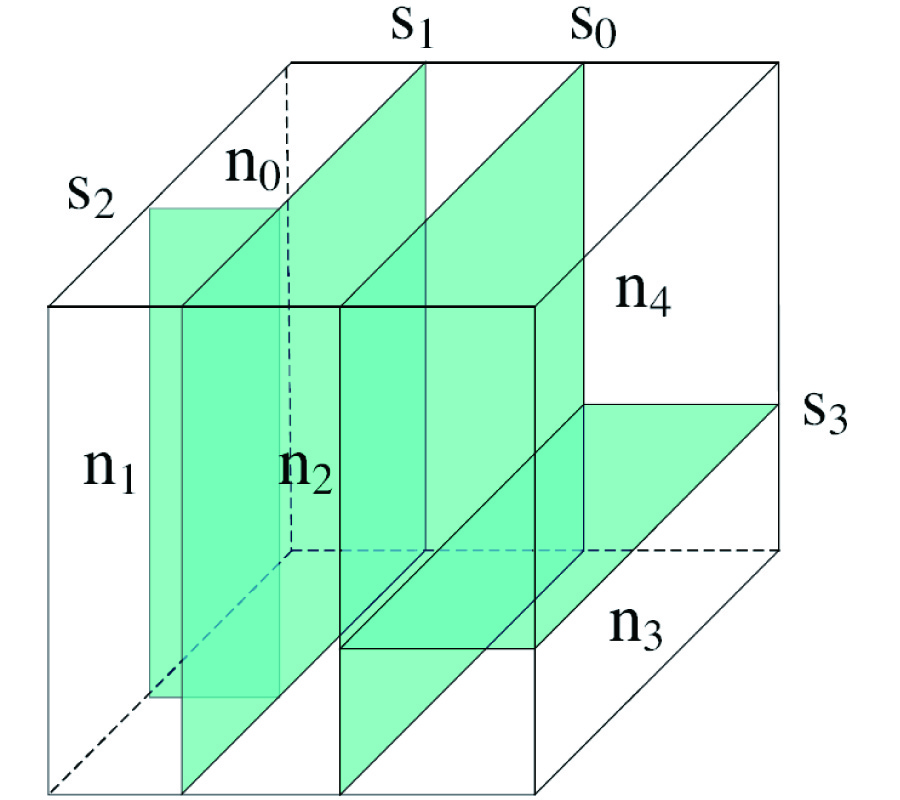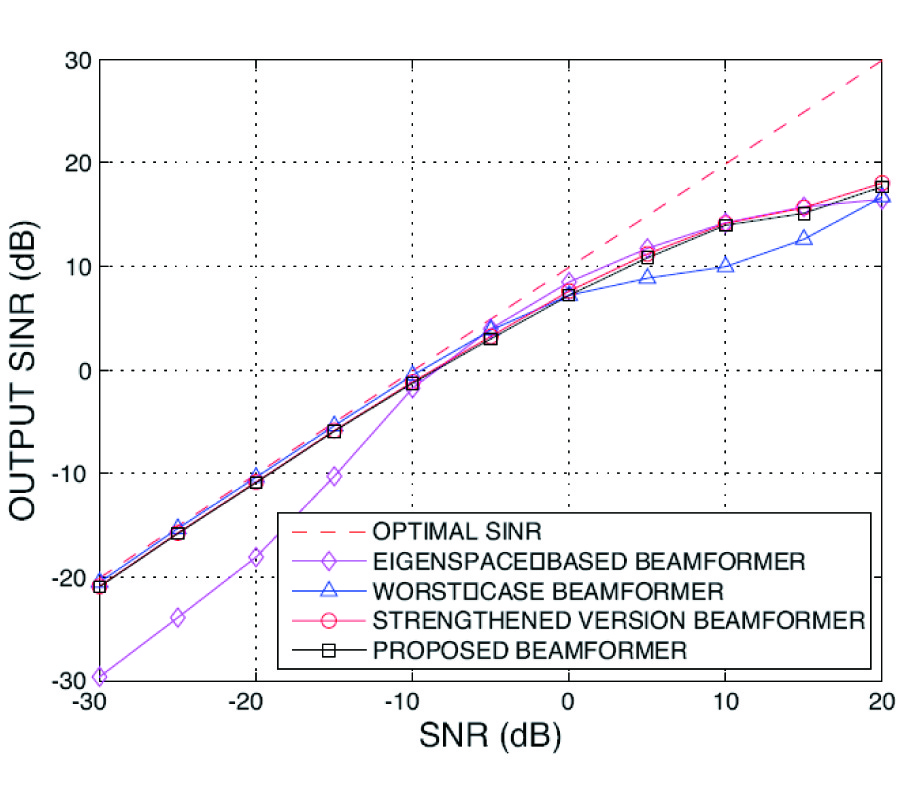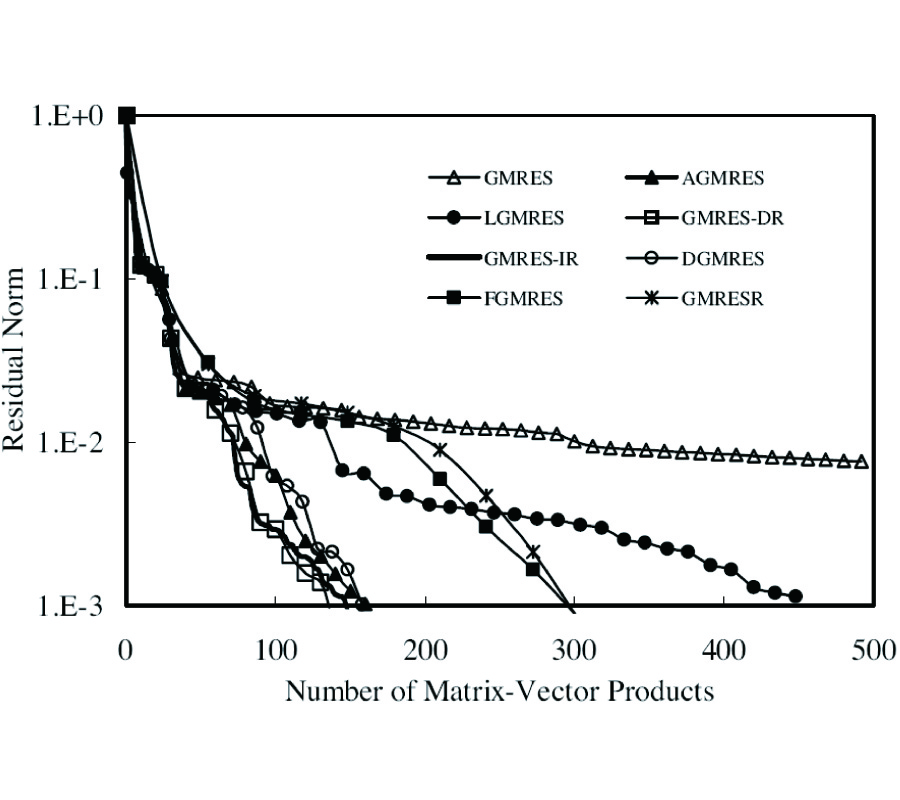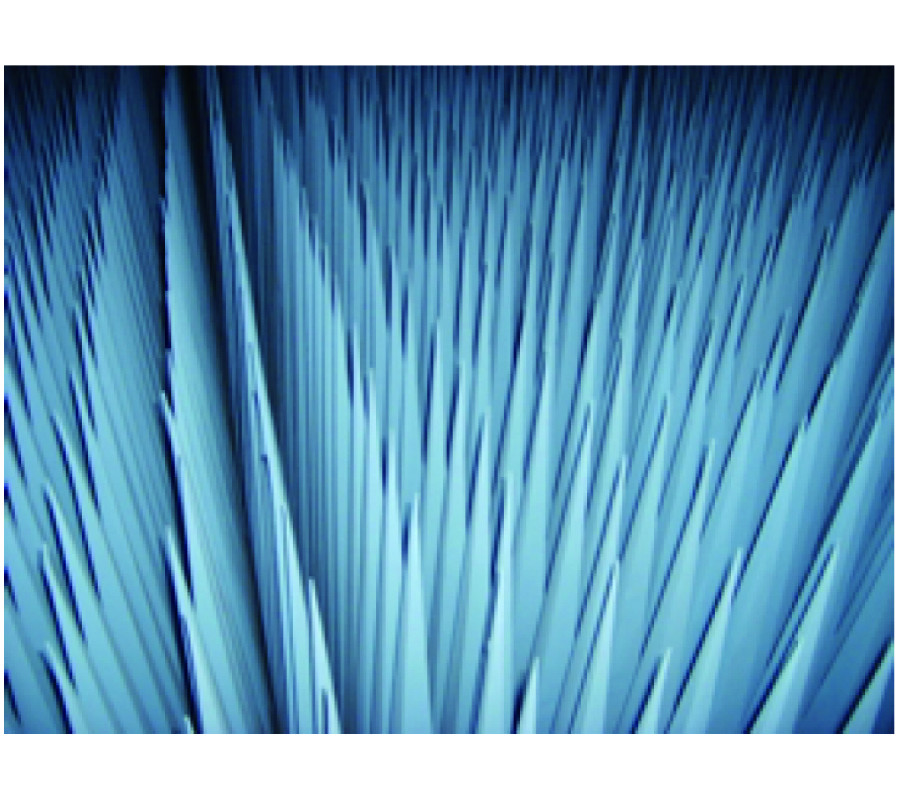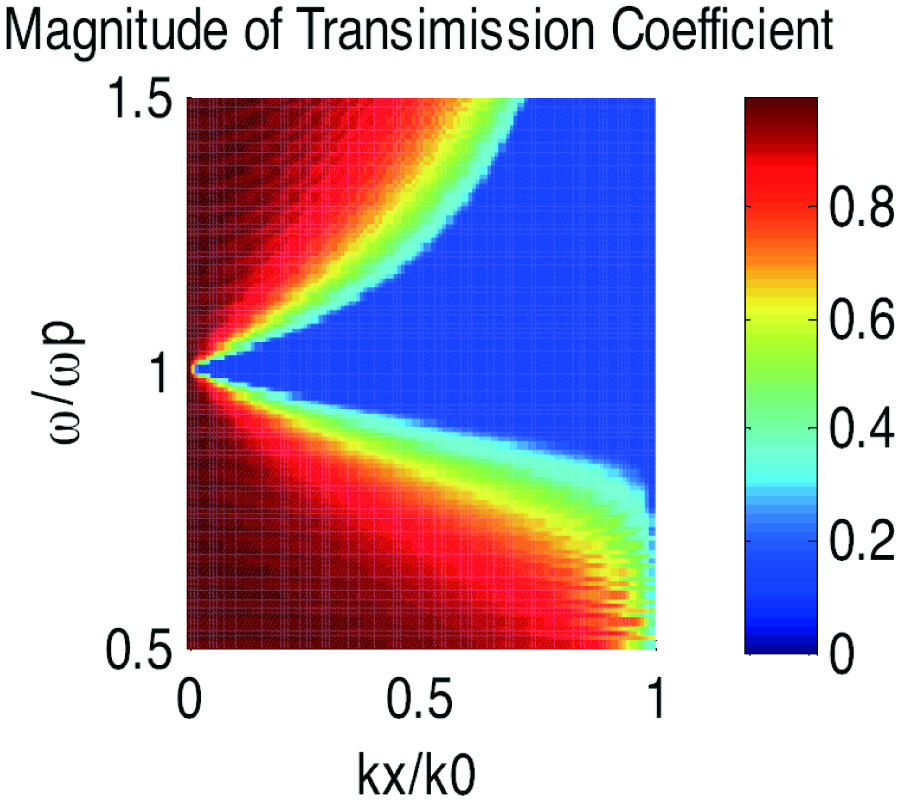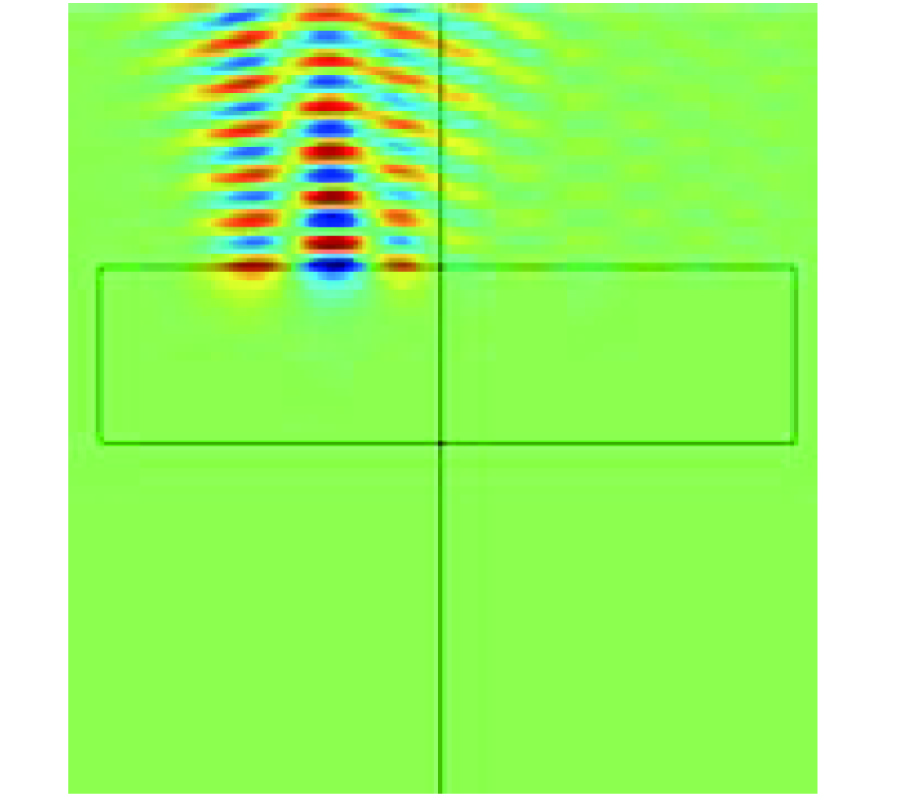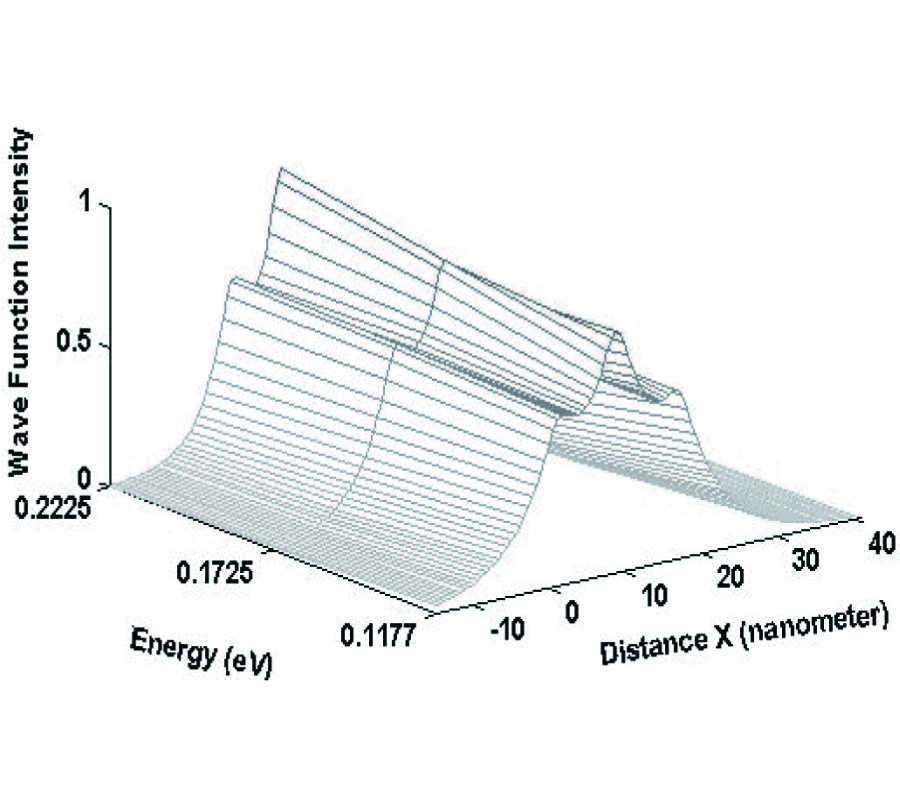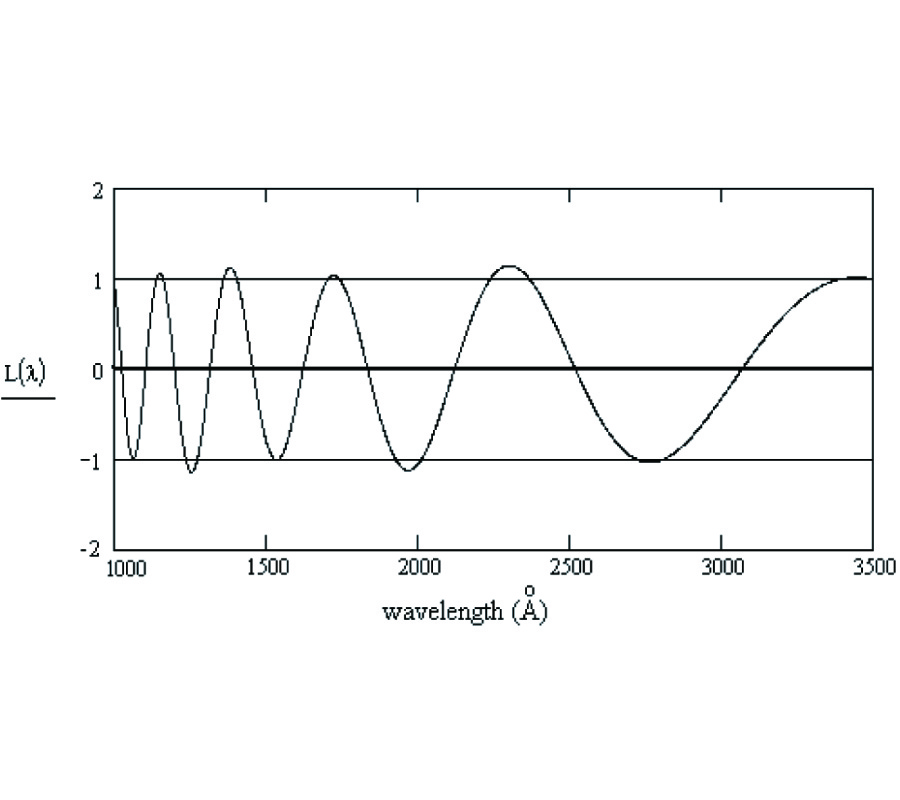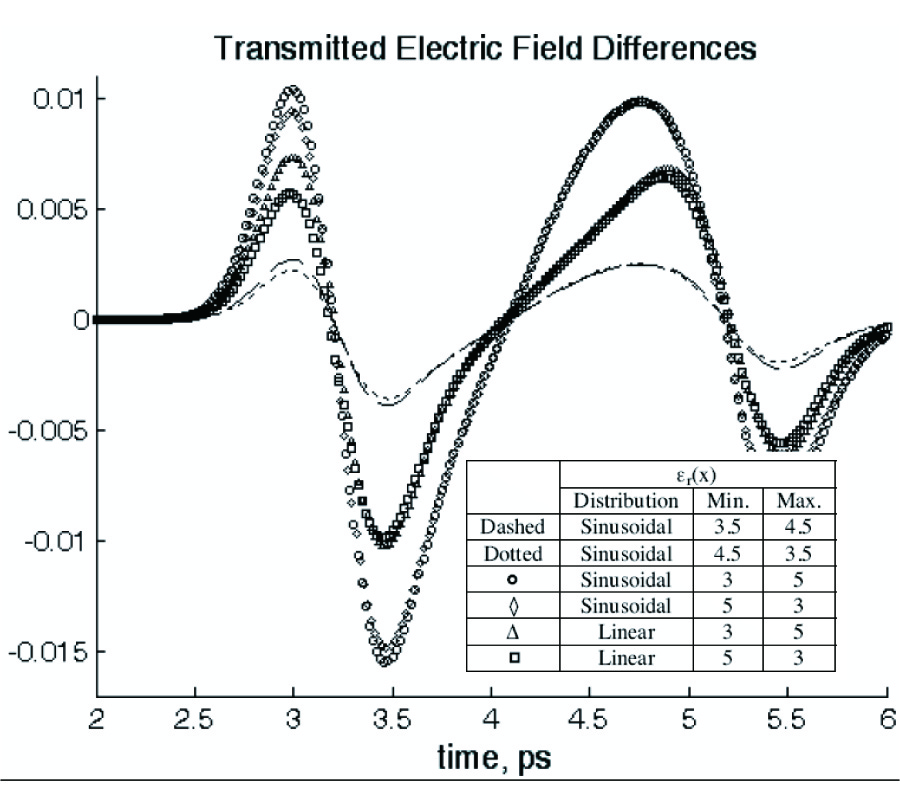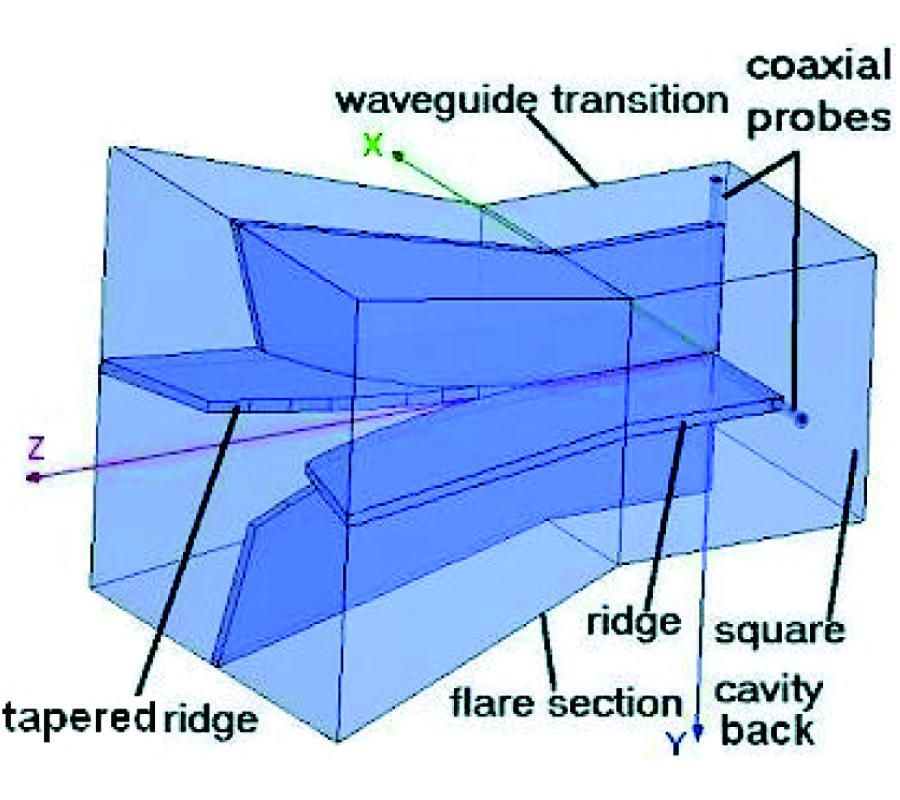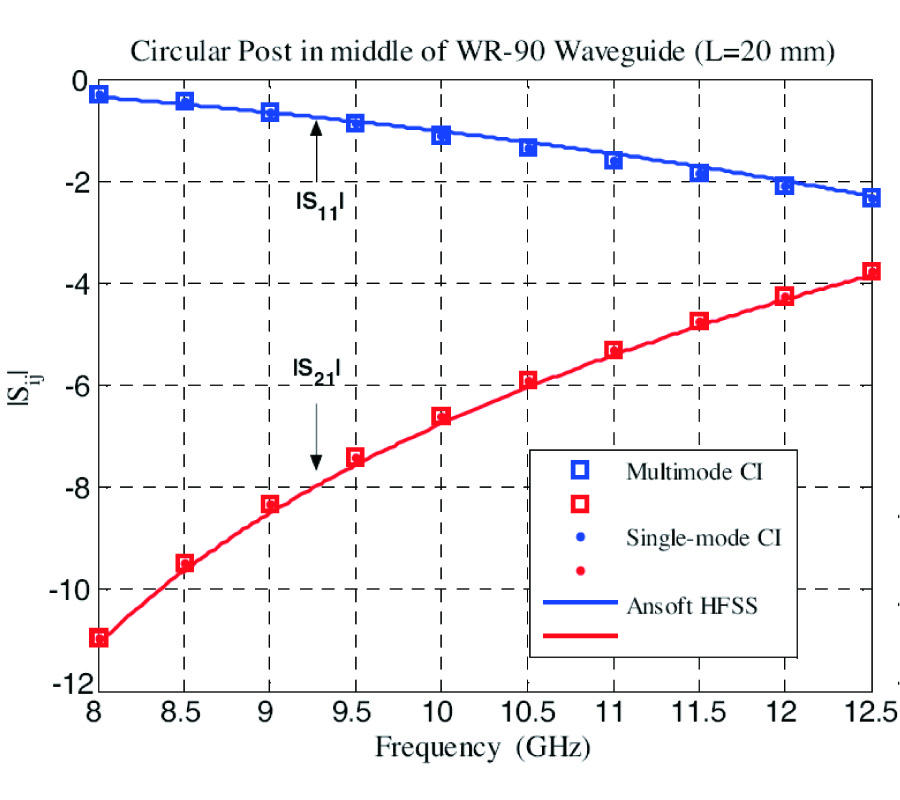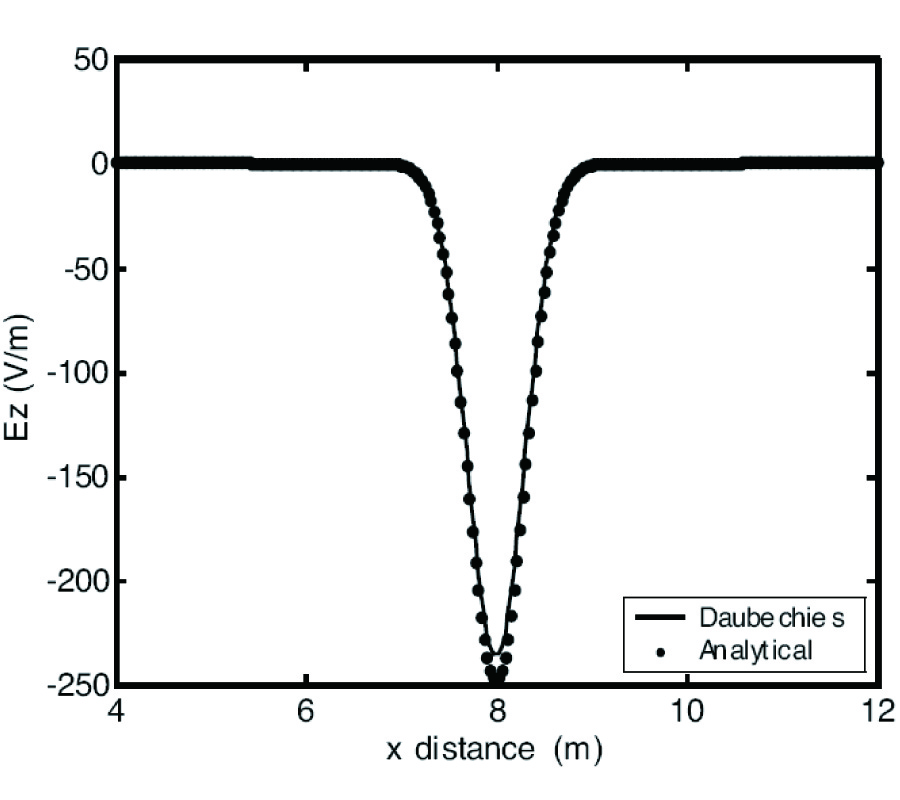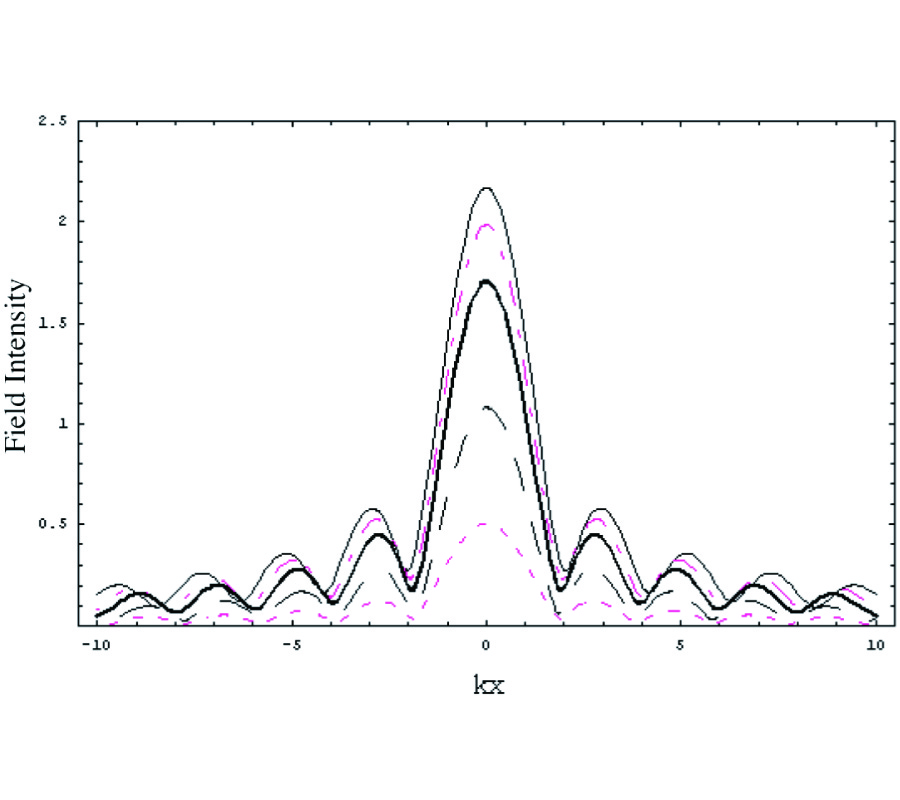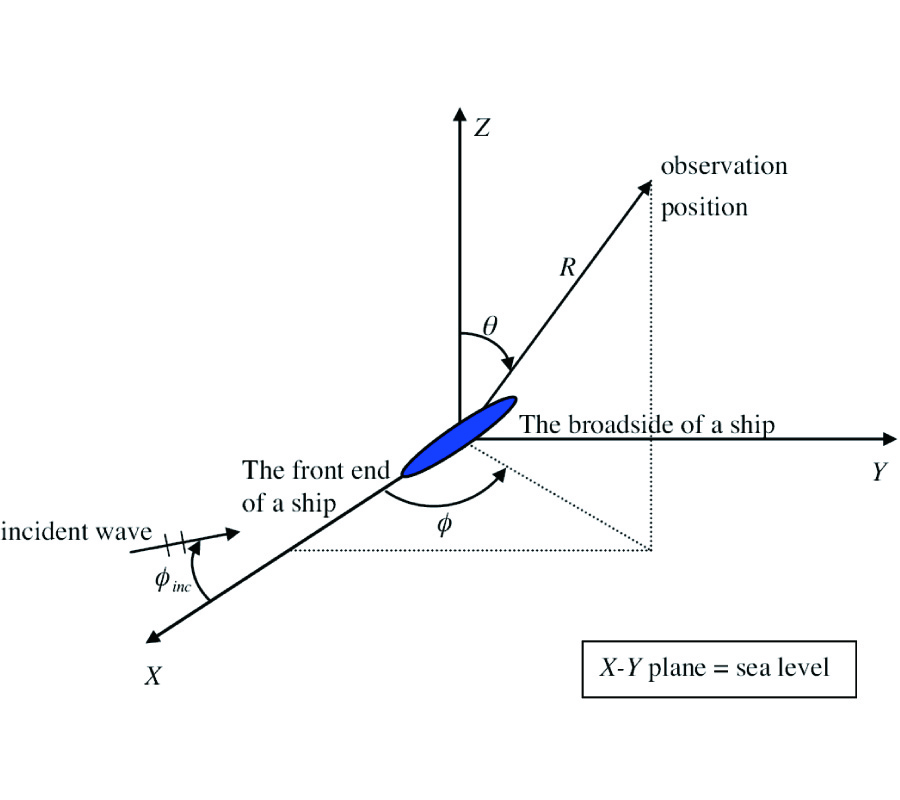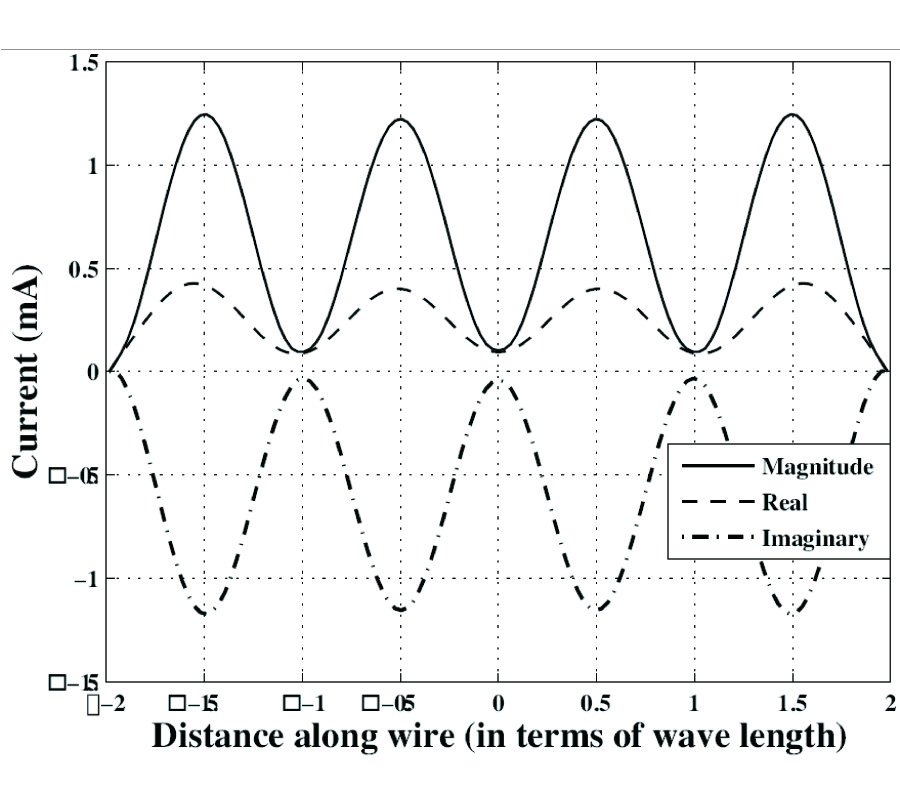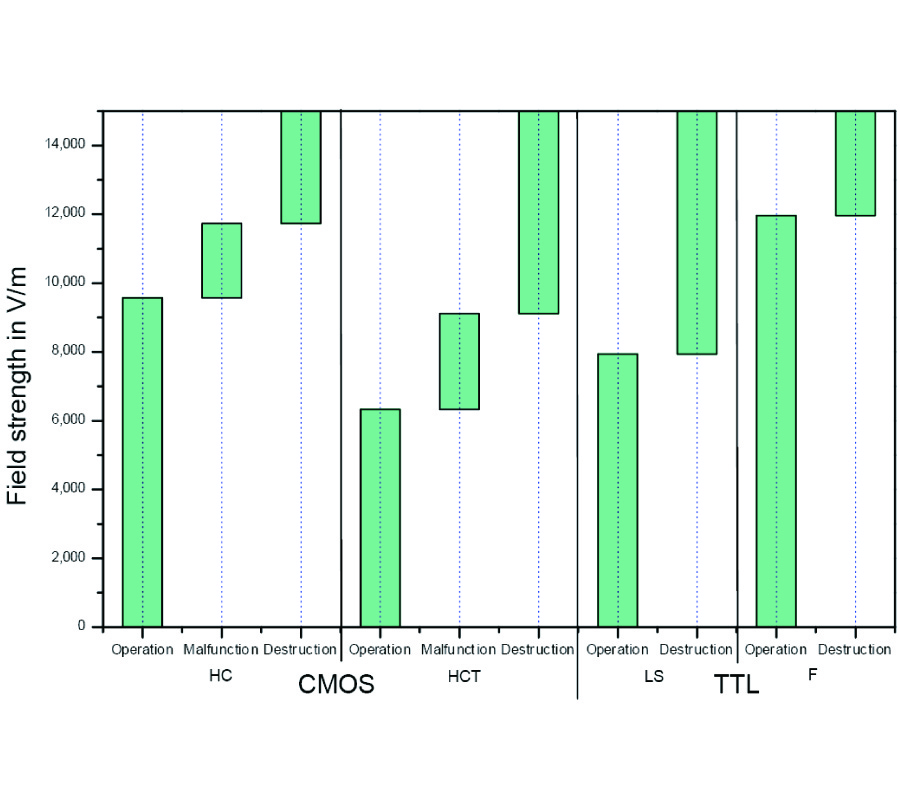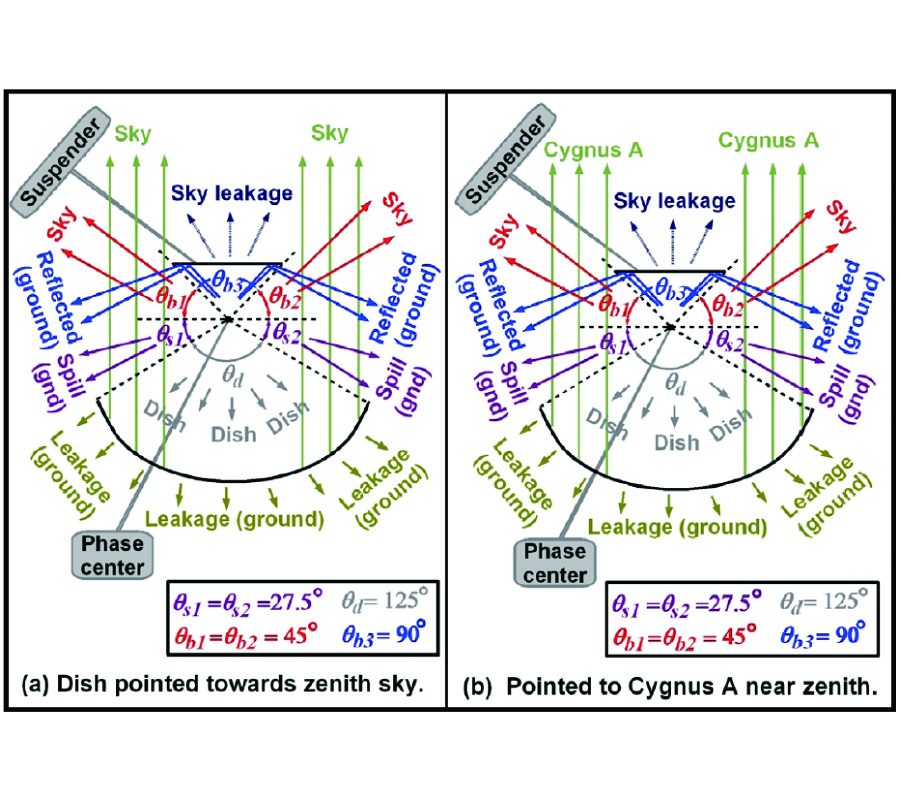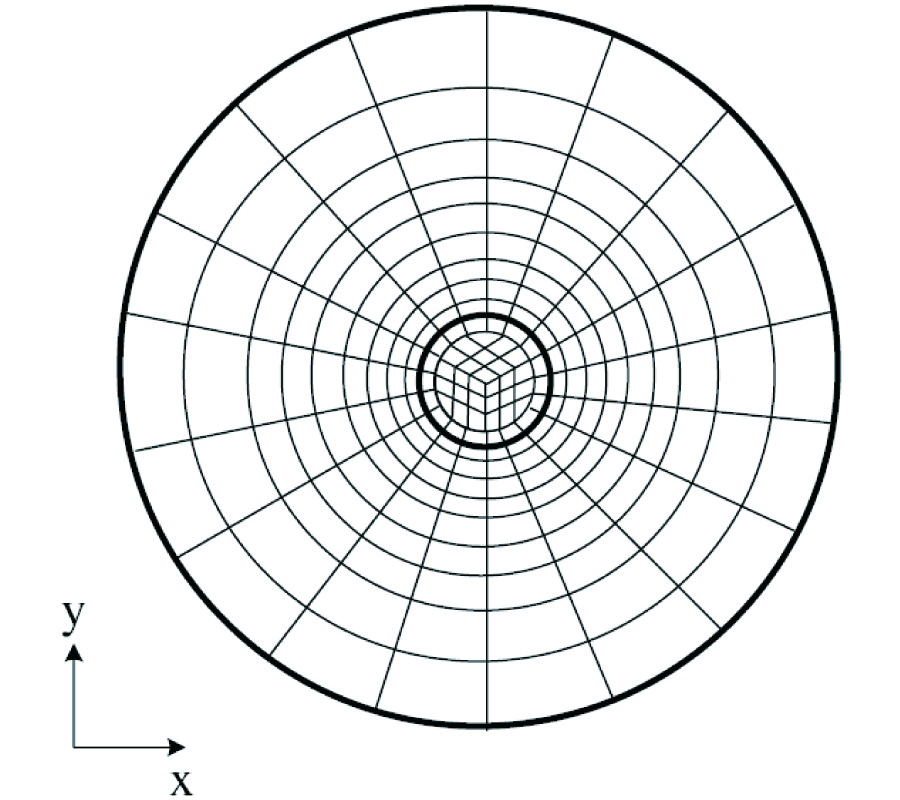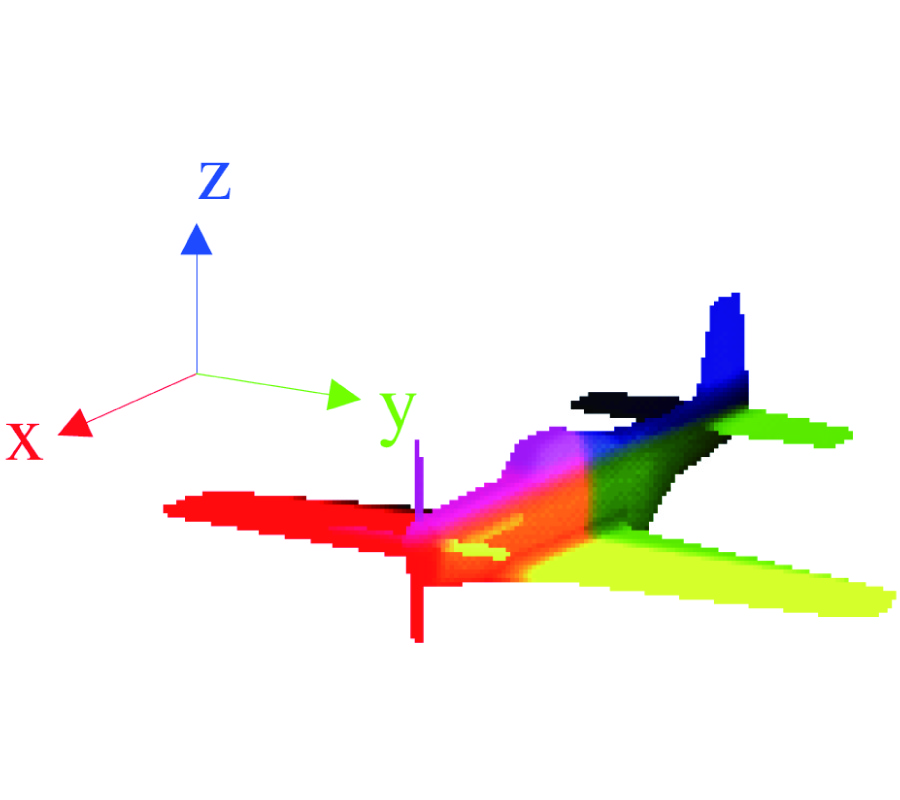Chip Impedance Matching for UHF RFID Tag Antenna Design
Chye-Hwa Loo,
Khaled Elmahgoub,
Fan Yang,
Atef Elsherbeni,
Darko Kajfez,
Ahmed Kishk,
Tamer Elsherbeni,
Leena Ukkonen,
Lauri Sydanheimo,
Markku Kivikoski,
Sari Merilampi and
Pekka Ruuskanen
Passive UHF RFID tag consists of a microchip attached directly to an antenna. Proper impedance match between the antenna and the chip is crucial in RFID tag design. It directly influences RFID system performance characteristics such as the range of a tag. It is known that an RFID microchip is a nonlinear load whose complex impedance in each state varies with the frequency and the input power. This paper illustrates a proper calculation of the tag power reflection coefficient for maximum power transfer by taking into account of the changing chip impedance versus frequency.

